RÍAS BAIXAS The Wine Country of Galicia
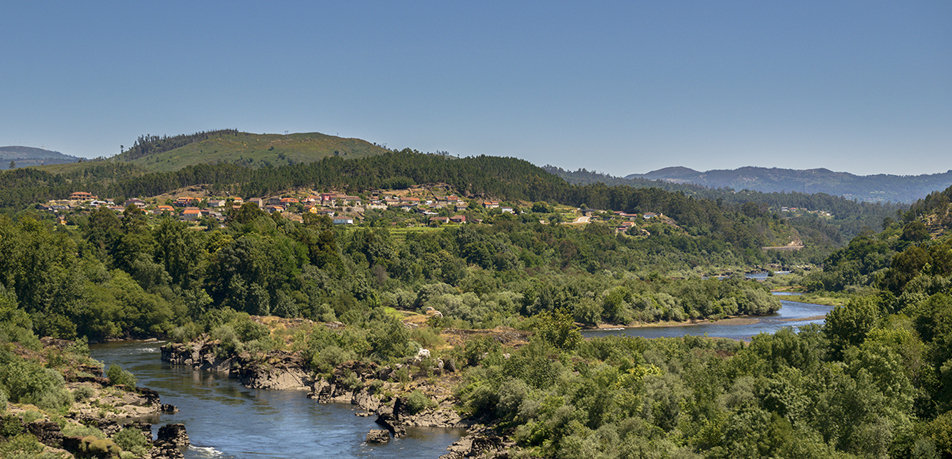
In the northwest of the Iberian peninsula, south of Finisterre, the sea meets the land in a briny and misty embrace, born of the waves that pound the craggy Atlantic coast. Here we find an enclave where the secret to the country’s finest white wines, made primarily from the Albariño variety, is enveloped in myths and legends.
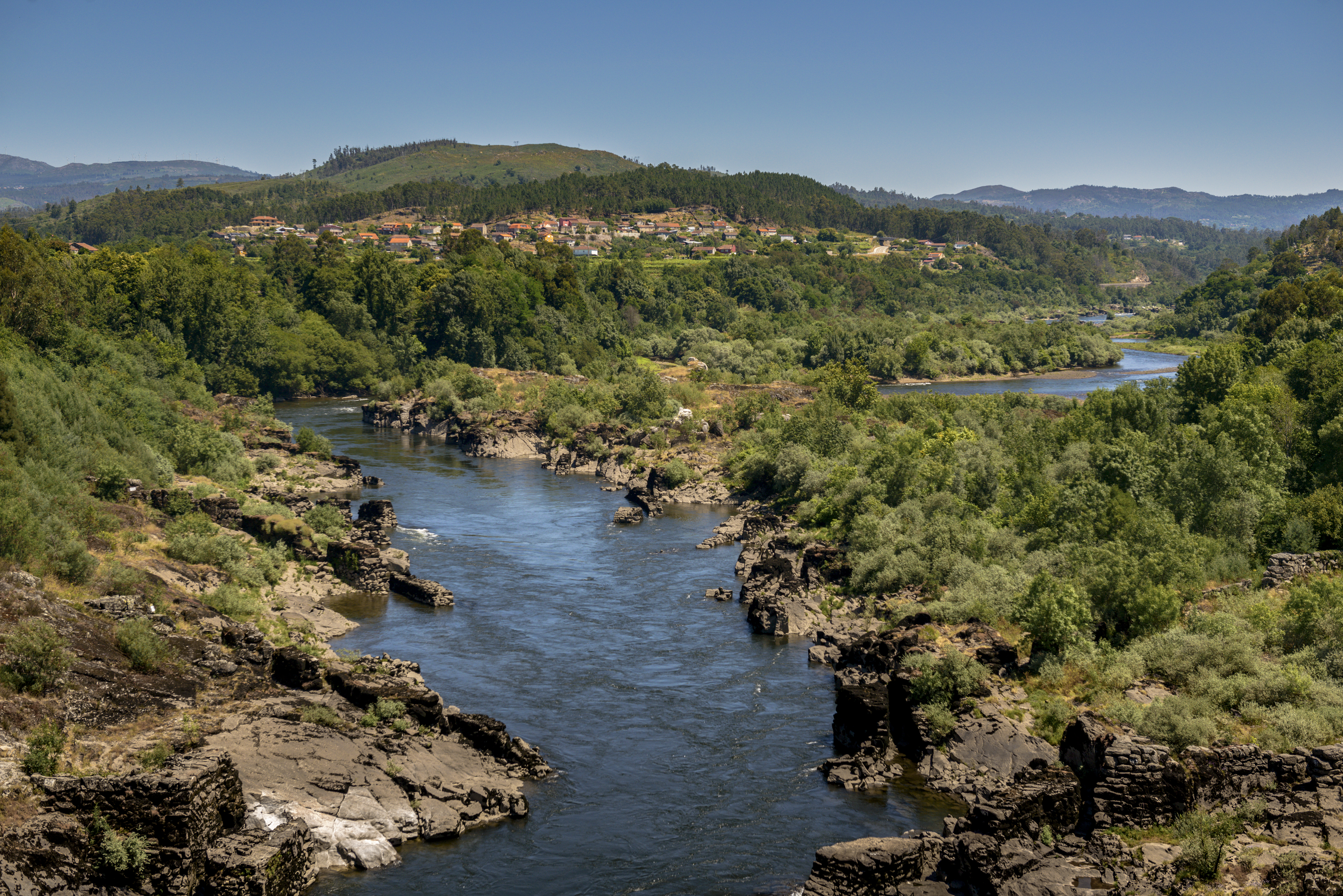
DO Rías Baixas landscape
The Rías Baixas appellation of origin lies between the valleys and estuaries of the Ulla and Miño rivers and the estuary of Vigo.
In terms of climate, winegrowers must keep certain decisive factors in mind, such as humidity, fog, and frost, which mostly affect the ravines and the low areas of the valleys. In order to prevent the humidity from impacting the grapevine, and potentially producing fungal infections, it is necessary to carry out careful soil work. This explains the extensive use of pergola-trellising that allows vines to extend their canopy a good distance from the damp ground, giving the impression of a lush modernist garden, a truly memorable sight.
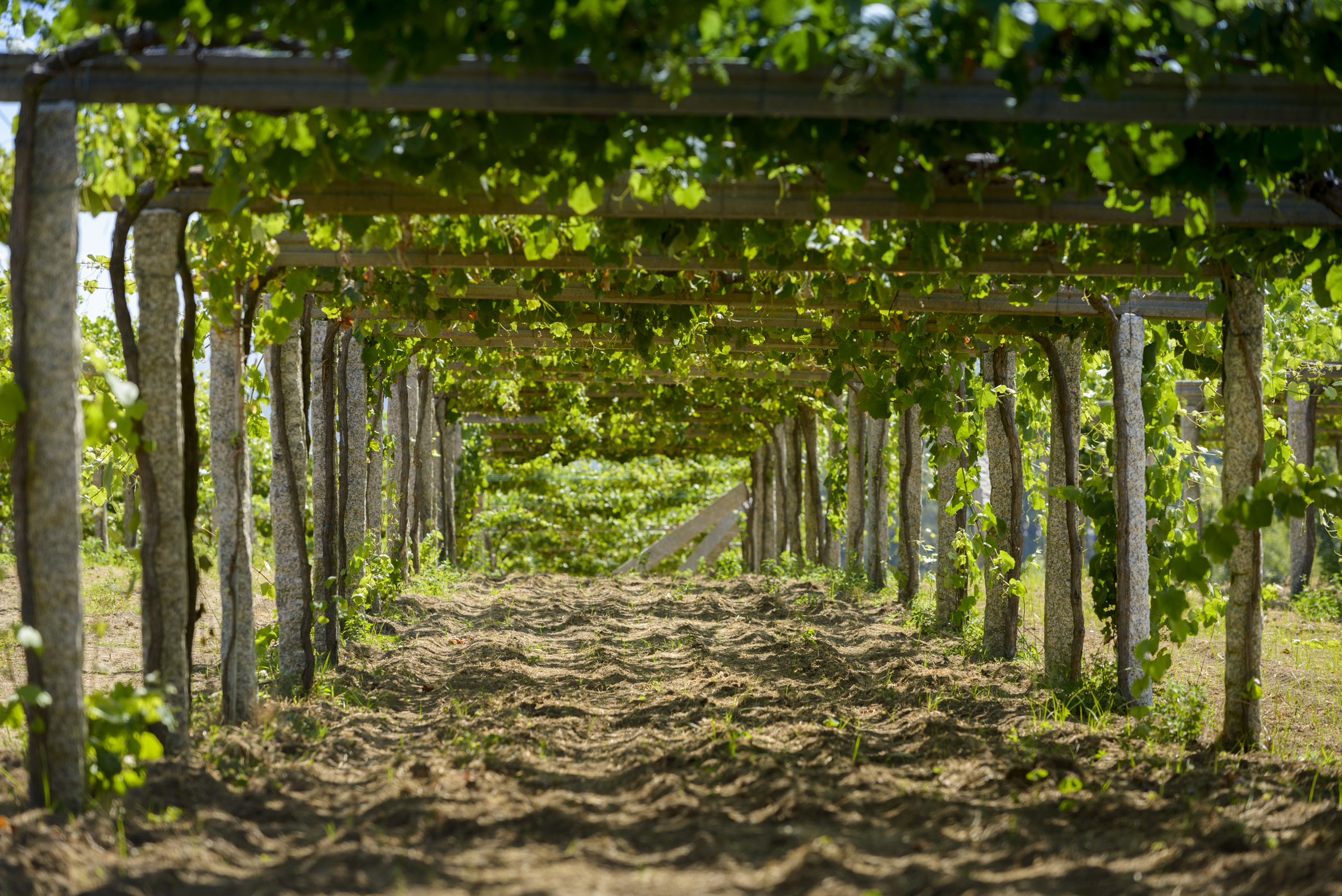
Albariño vines growing in DO Rías Baixas
Albariño, Loureira, Treixadura, and Caíño Blanco are the queens among the local varieties.
A curious historical anecdote claims the Albariño vines arrived in Galicia during the 12th century, brought here from the Rhine by Cistercian monks...but this has not been proven. What is evident, however, is that the best of Rías Baixas wines are on a par with fine German whites in terms of elegance and quality.
Pazo das Bruxas is Familia Torres’s first winemaking foray in the region. The brilliant yellow hue and golden edge of the wine recall its birthplace. The intense nose leads us into a world of white flowers, citrus, and fresh stone fruit to then culminate in a lovely palate, luscious, but with firm acidity that carries through on the long, flavourful finish. Evocative of brine and sea salt, the weight and movement of water and earth.
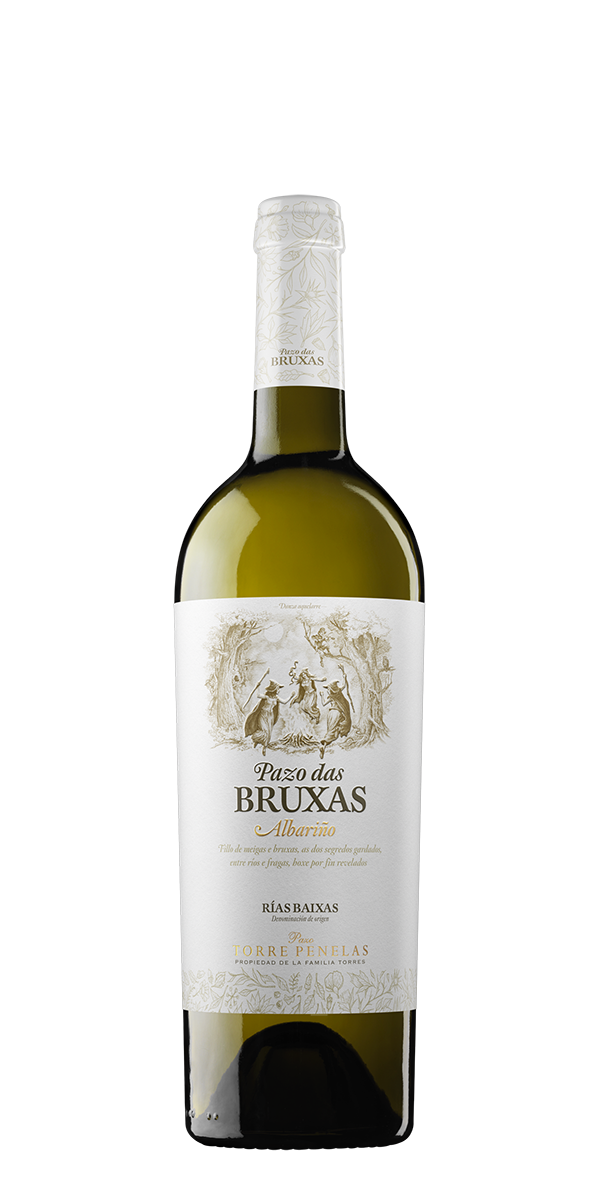
Pazo das Bruxas from Pazo Torre Penelas, a Familia Torres property
Familia Torres has been in Rías Baixas since 2012, and Pazo Torre Penelas, located in the municipality of Portas (Pontevedra) in the Valle de Salnés, is its newest winemaking project in the region. Helmed by winemaker Víctor Cortizo, the focus is on making exceptional wines in innovative egg-shaped granite vats that bring out the most honest expression of the walled six-hectare vineyard that belongs to the property. The 14th or 15th century pazo is listed in the historic heritage register and displays the typical features of a Galician estate, such as the raised granary known as a hórreo, a dovecote, and a chapel. In 2018, a small winery was set up on the ground floor of the estate’s tower to experiment with vinification in granite vats.
Blanco Granito is a paradigm of high-quality whites. Marked by the influence of the sea and the Umia River, which articulates the Salnès valley and flows only a few metres from the pazo, Blanco Granito is an extraordinary wine and the first to undergo both fermentation and ageing in granite. Vinified in the egg-shaped granite vats for 15 days at a temperature of 14ºC, the wine then remains in those same vats for eight months, moving slowly but constantly to keep the lees suspended. The wine completes its ageing in stainless steel tanks, where it spends another eight months prior to bottling.
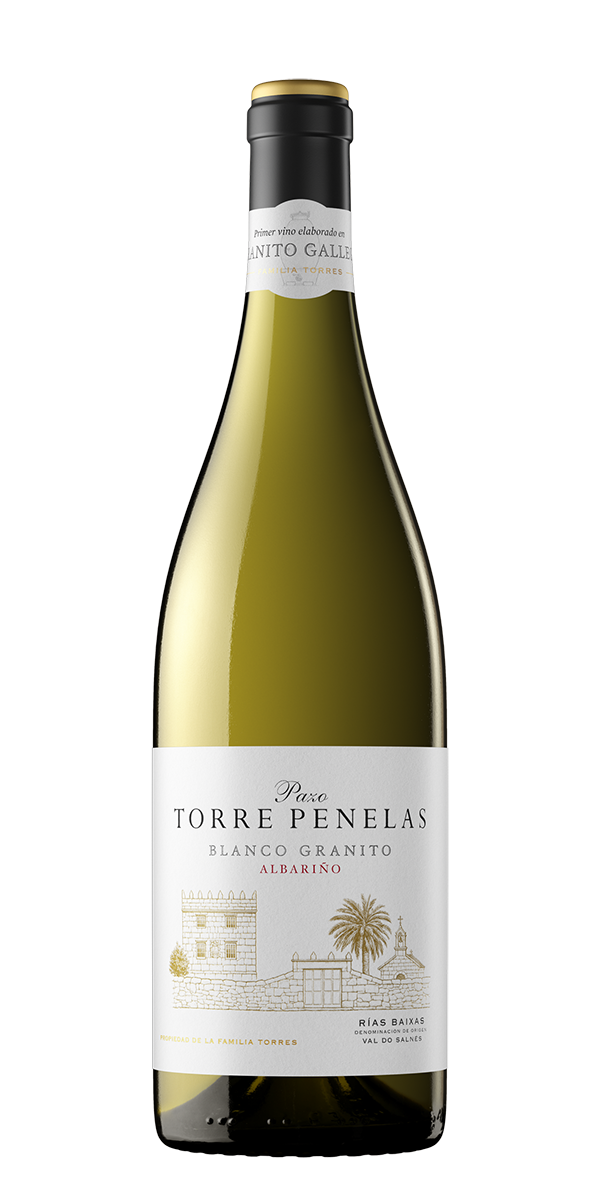
Blanco Granito from Pazo Torre Penelas, a Familia Torres property
The granite vats bring out the aromas and minerality of the wine, imparting greater creaminess, volume, and length.
The resulting Albariño displays a beautiful green colour with golden highlights, clean and brilliant in appearance. On the nose, Blanco Granito preserves its intense varietal aromas, with notes of citrus and stone fruit. Crisp, well-integrated acidity on the palate, with a briny Atlantic profile that conveys a wonderful sense of volume. Balanced, long, and expressive.
Rías Baixas has long abandoned the role of contender and has earned itself a well-deserved spot in the pantheon of the world’s great white wines.
